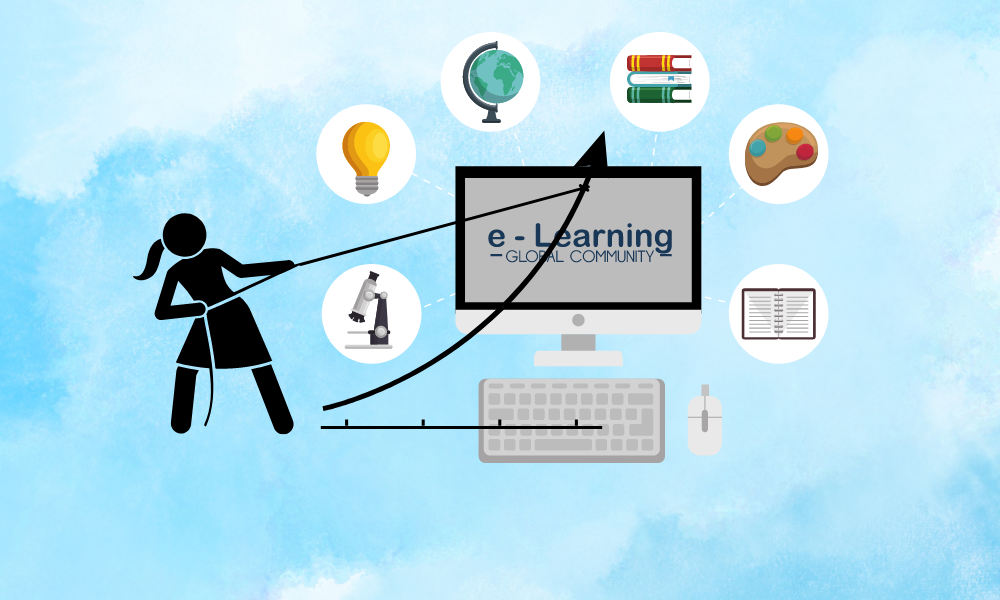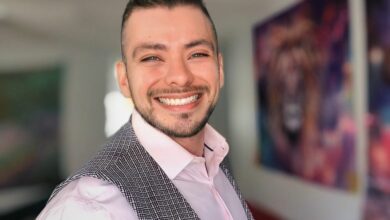The Growth of the eLearning Industry and Key Strategies for Expansion

The eLearning industry has been on a significant upward trajectory, fueled by advancements in technology, increased accessibility to the internet, and a global shift towards remote learning. This growth is more than mere numbers; it’s about the evolution of educational methods and the expansion of market reach by top brands within the industry. It was not always like this:
2008:Remember those days when some big corporations and universities were against elearning?
2010: Remember when UK government departments fined and sanctioned companies who innovatrning vs traditional in-class training of borring government mandated courses? In fact, it was mocked as being “a survival strategy for poor countries”.
2013: Remember when big brands like the Russel Group started copying those they criticized for so many years?
2023: Well – now they all joined the bandwagon and everybody is for elearning: the late adopters are on board and the industry is nearing a more mature phase.
Key players in this sector are leveraging a variety of strategies to enhance their growth, particularly through the use of social media, community building, and SEO tactics.
Social Media and Community Building Tactics
1. Engaging Content Creation: Top eLearning brands create and share engaging content that resonates with their audience. This includes video tutorials, live webinars, and interactive posts that encourage participation and discussion. Such content not only attracts learners but also encourages them to share their learning experiences on their own social networks, amplifying the brand’s reach.
2. Utilizing User-Generated Content: Encouraging users to create content has been a successful strategy for eLearning platforms. This may include student testimonials, case studies, or user-created videos. Such content is perceived as more authentic and can significantly enhance trust and engagement within the community. Indeed researchers explain that verification of content in such high volumes can be a tough task – but that is something AI moderation will soon solve.
3. Regular Interaction and Feedback: Successful brands maintain regular interaction with their learners through social media platforms, forums, and discussion boards. This helps in building a loyal community by fostering a sense of belonging among users. Prompt responses to queries and constructive feedback on assignments are practices that keep learners engaged and motivated.
4. Influencer Partnerships: Collaborating with educational influencers can help eLearning platforms reach a broader audience. Influencers can introduce a brand’s services to their followers through various engaging methods like ‘day-in-the-life’ videos, behind-the-scenes tours, or educational challenges.
SEO Strategies and Building Quality Backlinks
Optimizing SEO for eLearning platforms involves several strategies that enhance visibility and improve search rankings. One critical area is the acquisition of high-quality backlinks, which significantly impact SEO performance.
1. Quality Backlink Acquisition: We now know that High quality backinks is still a vitating factor according to John Crabill in his article for eLearningIndustry.com. He explains that obtaining quality backlinks should be a primary strategy for eLearning websites aiming to dominate search engine results pages (SERPs) and attract relevant organic traffic. High-quality backlinks from authoritative domains enhance a site’s reputation in the eyes of search engines like Google.
2. Ethical Link Building Techniques: Crabill emphasizes the importance of ethical link-building practices that steer clear of spamming and black hat techniques. For instance, eLearning companies can replicate their competitors’ best backlinks by analyzing and adopting similar strategies that led to successful backlink acquisitions, such as engaging with articles on social media or providing valuable content in response to queries.
3. Leveraging Content Formats: The creation of infographics, detailed guides, and comprehensive case studies are potent ways to attract backlinks. These content formats are not only informative but are also highly shareable, which increases the likelihood of earning backlinks from reputable sites.
4. Guest Blogging and Outreach: Identifying guest blogging opportunities on reputable educational blogs or websites is another effective method. Producing high-quality content that adds value to the reader can invite backlinks naturally, as well as enhance the brand’s authority and visibility within the niche.
5. Promotion and Networking: Outreaching and promoting content through various channels, including social media and email marketing, helps in drawing attention to the eLearning platform’s offerings. Networking with other bloggers and content creators in the educational sector can lead to collaborations that result in additional backlinks and increased exposure.
Mainstream Adoption of eLearning: The Impact of Major Brands
The mainstream adoption of eLearning has been significantly influenced by the involvement of major brands. A prime example is Microsoft’s acquisition of LinkedIn in 2016, which paved the way for the expansion of LinkedIn Learning. This platform has leveraged LinkedIn’s extensive professional network to offer a diverse range of courses tailored to improve job-related skills, thereby reaching a broader audience and legitimizing eLearning as a mainstream educational pathway. Similarly, platforms like Coursera and Udemy have partnered with renowned universities and corporations to offer certified courses, further embedding eLearning into everyday professional development.
Companies like Google have also launched digital learning initiatives, such as Google Digital Garage, which offers free courses on digital skills. These movements by high-profile companies not only enhance the visibility and accessibility of eLearning but also highlight its relevance and applicability in today’s fast-evolving job market. Through these developments, eLearning has not only entered the mainstream but has also been recognized as a vital tool for lifelong learning and career advancement.
Today, you have companies like GoSkills that are fast becoming the number 1 AI-powered LMS that employers love to use in-house for all their own educational needs, as they can simply top up additional needs from a library of existing content, while producing their own bespoke learning too.
Conclusion
The eLearning industry’s growth is robust and shows no signs of slowing down. Brands that are successful in leveraging social media effectively and building strong SEO foundations, especially through ethical backlink strategies, are positioned to thrive. These practices not only help in attracting and retaining learners but also in establishing the brand’s authority and leadership in the educational sector. As we move forward, the integration of innovative marketing strategies with traditional educational offerings will continue to be crucial for the sustained growth and relevance of eLearning platforms.





